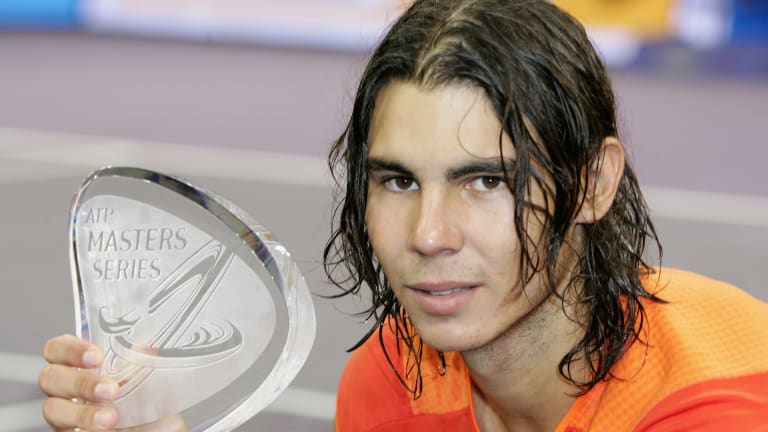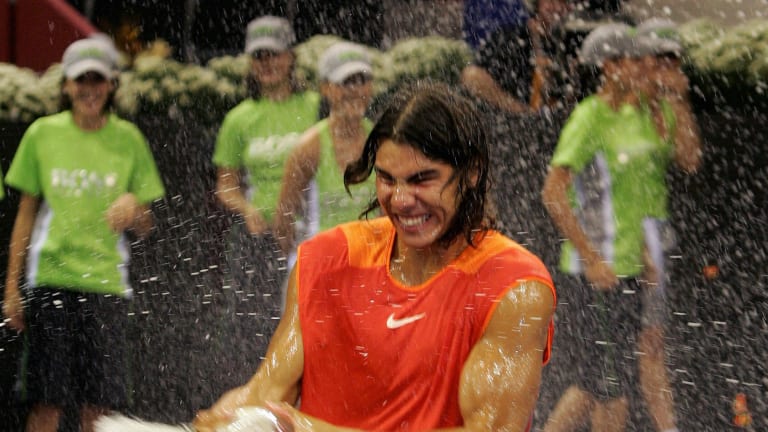Tennis Lessons
On This Day: Rafael Nadal rallies from two sets down to lift 2005 Madrid trophy
By Oct 23, 2022Tennis Lessons
The burdensome bonus pool on the ATP tour, explained
By Nov 29, 2025Tennis Lessons
Working within traditional framework, tennis players made their point in 2025
By Nov 23, 2025Tennis Lessons
REVIEW: Sincaraz books capture Jannik Sinner, Carlos Alcaraz in the wake of new era-defining dominance
By Oct 24, 2025Tennis Lessons
What is the importance of stats in professional tennis?
By Oct 18, 2025Tennis Lessons
JTCC makes "Tennis for Everybody" with adaptive tennis program
By Sep 13, 2025Tennis Lessons
What is an unforced error? A meditation on the tennis player's least favorite stat
By Dec 28, 2024Tennis Lessons
The Never-Ending Serve Quest: Top players shift focus towards improved deliveries
By Feb 27, 2024Tennis Lessons
Roger Federer in primetime: TC Plus Classics to revisit 20-time Slam champ's greatest matches
By Dec 19, 2023Tennis Lessons
Winning Ugly, revisited: Brad Gilbert’s ethos returns with Coco Gauff Slam triumph
By Sep 30, 2023On This Day: Rafael Nadal rallies from two sets down to lift 2005 Madrid trophy
The 1000-level triumph on home soil over Ivan Ljubicic marked Rafa's first title run indoors.
Published Oct 23, 2022
Advertising

Nadal won four Masters 1000 crowns in 2005.
© 2005 Getty Images
Advertising

After losing to Ljubicic in his opening tournament of 2005, Nadal the beat the Croatian at the Miami Open prior to edging out their Madrid rubber match.
© AFP via Getty Images